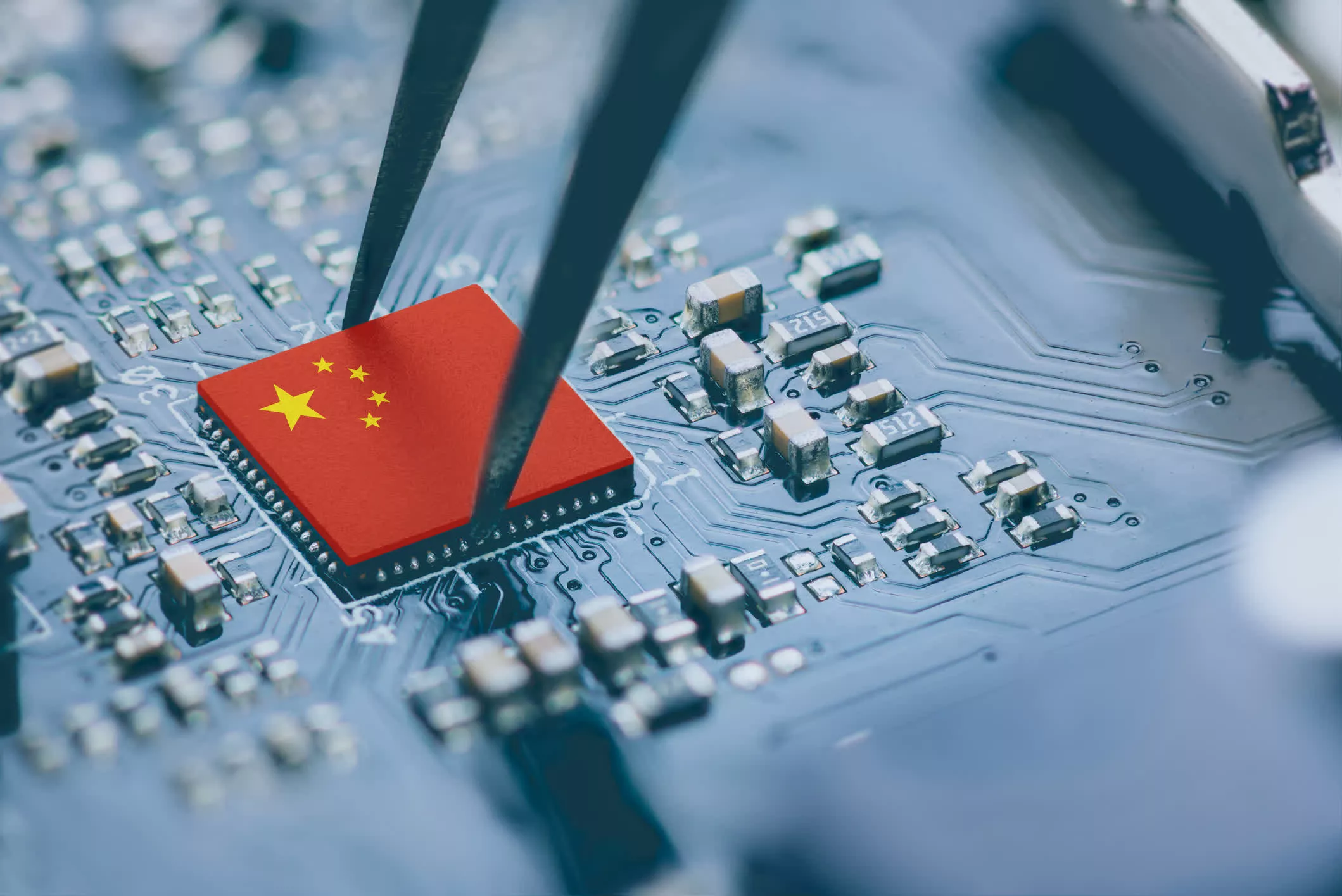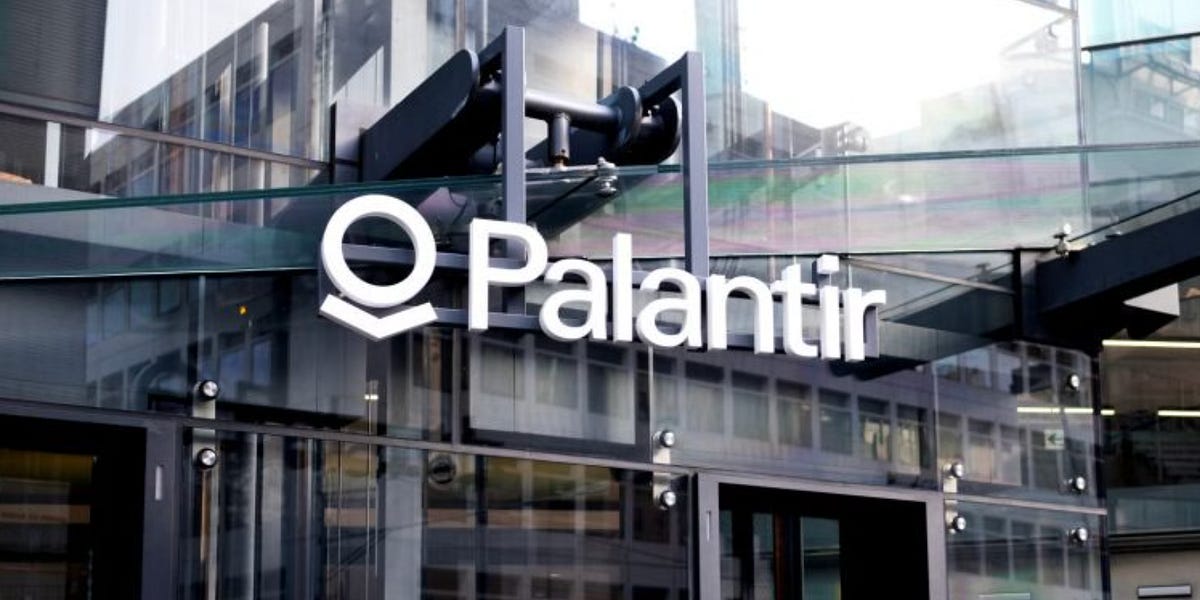Amazon is reportedly training humanoid robots to deliver packages
-
Also doors and gates
They may also have concluded that the public finds a humanoid robot more acceptable than those cube 4-wheeled robots that never took off that people like to tip and kick over and stuff
You don't really need to be humanoid to manipulate ddmoors and gates
-
if its actually feasible and it reduces cost, then it will be the plan. right now though, its bullshit. As soon as people start stealing and destroying these 5000-500000 dollar robots all of the potential profit goes out the window.
I may lack imagination but I can't see a future where the materials and skills needed to build such robots get cheap enough to replace humans.
Especially if they get trashed and stolen every once in a while. -
If i see a humanoid robot delivering a package i will throw bricks at it and then pee on it, in the way a 3 year old would during a tantrum.
No you won't.
-
Package delivery simulator, pre-order on steam
Evil genius level right here
-
So, from what little research I did the robots cost from 5000$ to 500000$, as most articles point out the advanced robots cost 200000-300000$. In a lot of places around the world that's like paying a human for 8-10 years. Humans are easily "replaceable", where those robots have maintenance cost additional to the initial "investment". How is that feasible in the eyes of the big money oligarchs? I genuinely don't understand the end goal here.
The labor aspect of class politics is complicated.
But you don't have to understand any of it to think stealing these would be cool as fuck.
-
This post did not contain any content.
Yo why tf can't they just fucking pay people a reasonable wage AND give them sane working conditions? This is insane. Capitalism does not favor anyone except the rich. It's time to tear down this wall of mediocrity and face the facts. No sense of government intervention will fix this. It must all be rewritten entirely.
-
Yo why tf can't they just fucking pay people a reasonable wage AND give them sane working conditions? This is insane. Capitalism does not favor anyone except the rich. It's time to tear down this wall of mediocrity and face the facts. No sense of government intervention will fix this. It must all be rewritten entirely.
Because it's not real. It's purely for marketing, not for actual wide-spread implementation.
Even in the best of cases, even factoring in economy of scale and all that, a robot like that will cost upwards of €50k at least, probably closer to double that, will require constant maintainance, and the risk of vandalism or accidental damage is really high. And you'll likely need a (skilled) human operator nearby anyway, because the delivery vehicle doesn't drive itself.
The purpose of projects like this is marketing and public perception.
- The company looks futuristic and future proof. That's good to get investors.
- The company looks like they could replace humans with robots at any time. That's good with negotiations with unions and workers.
- The company gets into headlines worldwide. That's advertisement they don't have to pay for.
This robot is not meant to ever go mainstream. Maybe there will be a handful of routes where they will be implemented for marketing purposes, but like drone delivery and similar gimmicks, it won't beat a criminally underpaid delivery human on price, and that's the only metric that counts for a company like Amazon.
-
I prefer the term "beautified".
are you promoting vandalism?
-
This post did not contain any content.
If I get one of those, I'm definitely killing it and stealing its copper. Amazon can pay for the repairs.
-
I may lack imagination but I can't see a future where the materials and skills needed to build such robots get cheap enough to replace humans.
Especially if they get trashed and stolen every once in a while.Even if you make them in large quantities, material cost alone will be at least €50k. You will need a skilled operator nearby, and constant maintainance, and if you lose even one per year, a regular underpaid human worker will be much cheaper.
These things are pure marketing devices to pacify investors, generate headlines and make unions and workers afraid.
-
This post did not contain any content.
No they fucking aren't. That shit would be so much more expensive than a person. Liars, and not even particularly good ones.
-
The labor aspect of class politics is complicated.
But you don't have to understand any of it to think stealing these would be cool as fuck.
The cost of an employee is far higher than just their pay though.
-
43.9454776, -123.5393014
^ no address, GPS is very very precise.
When you order something, do you express where you want it sent in coordinates or as an address? You can't assume that the device's coordinates at the time the order is made correspond to where the order is supposed to be sent, even if the device gives coordinates. Plus, they're either not precise enough (could encompass the yard of the house next door, or just the snowbank at the edge of the property) or too precise ("drop this in the center of the roof because that's where the coordinates are"). You'd need software capable of parsing building layouts well enough to figure out where the main entryway is and leave the parcel there, or you'd have to require that people interested in receiving deliveries by drone put a beacon where they want the drone to drop stuff.
Beacons are the simplest solution, but they immediately put Amazon in a position where most people won't care enough to set them up.
-
No they fucking aren't. That shit would be so much more expensive than a person. Liars, and not even particularly good ones.
Just like when they were going to replace all their delivery drivers with drones. It's just bullshit.
-
This post did not contain any content.
It is the distant future,
The year 2000,The last known survivor lives is a cave somewhere in the Madagascar desert. A robot travels by foot to deliver a package. A simple letter with the following URL:
The survivor dies. Amazon has finally won. They have all the money and everyone else is gone. All robots shut down. Besos jumps into the money pile only to learn that cartoons don't work in reality as most of his bones become powder on impact. The world is silent for a second. In the distance two flies are doing it over a pile of cow dung. The world becomes a peaceful place with no human presence whatsoever.
-
This post did not contain any content.
This makes me wonder what the benefit of bipeds are for this over something like iBot's multi wheel design. I get it makes sense for rubble or debris, but for halls and stairs multi wheel seems better and more refined.
Edited for autocorrect.
-
The cost of an employee is far higher than just their pay though.
The only 'delivery guy' i ever met who got paid even close to six figures (and that doesn't include operation+maintenance) spoke like a million languages, had advice for how much to bribe border guards in various countries and currencies, most of which no longer exist, and may have had ties to the state department.
And i feel like thats not the kind of delivery guy amazon is trying to replace with these.
-
No they fucking aren't. That shit would be so much more expensive than a person. Liars, and not even particularly good ones.
I mean apparently they're partnering with a private robotics company. The picture is an actual model of the company's robot. Whether or not they actually end up implementing this, they're allegedly currently training the robots.
Presumably, if nothing else, Amazon/Bezos is probably getting some sweet federal kick backs to attempt this and further the current administration's agenda to beat "Gyna" in the science and tech race. Except unlike Gyna, the U.S. is firing all of their scientists (which, until Jan. 2025, was one area that the U.S. had unquestionably dominated China) bc they think AI can replace them too.
So now, they're just handing all the resources to the kind of technocratic "elites" who are used to just purchasing their good ideas, rather than actually creating anything. This is also why they seem to genuinely believe something like Amazon humanoids is a sound investment, "durr, we don't need people bcuz we haz robots."
Fun fact, just learned they are indeed going to try to replace scientists with robots too. There was a meeting about it yesterday:
For all we know they made the futuristic robot exoskeleton, took some fancy pictures of it holding a package, and that's all she wrote. The end result is just some rich assholes are slightly richer at the expense of the tax payer, and we should be grateful. 'Merica! 🇺🇲
-
So, from what little research I did the robots cost from 5000$ to 500000$, as most articles point out the advanced robots cost 200000-300000$. In a lot of places around the world that's like paying a human for 8-10 years. Humans are easily "replaceable", where those robots have maintenance cost additional to the initial "investment". How is that feasible in the eyes of the big money oligarchs? I genuinely don't understand the end goal here.
Yes, because nothing new is ever reduced in price and improved upon after research phase is finished
-
If I get one of those, I'm definitely killing it and stealing its copper. Amazon can pay for the repairs.
I'm clubbing the bot in the head and stealing it's batteries.






